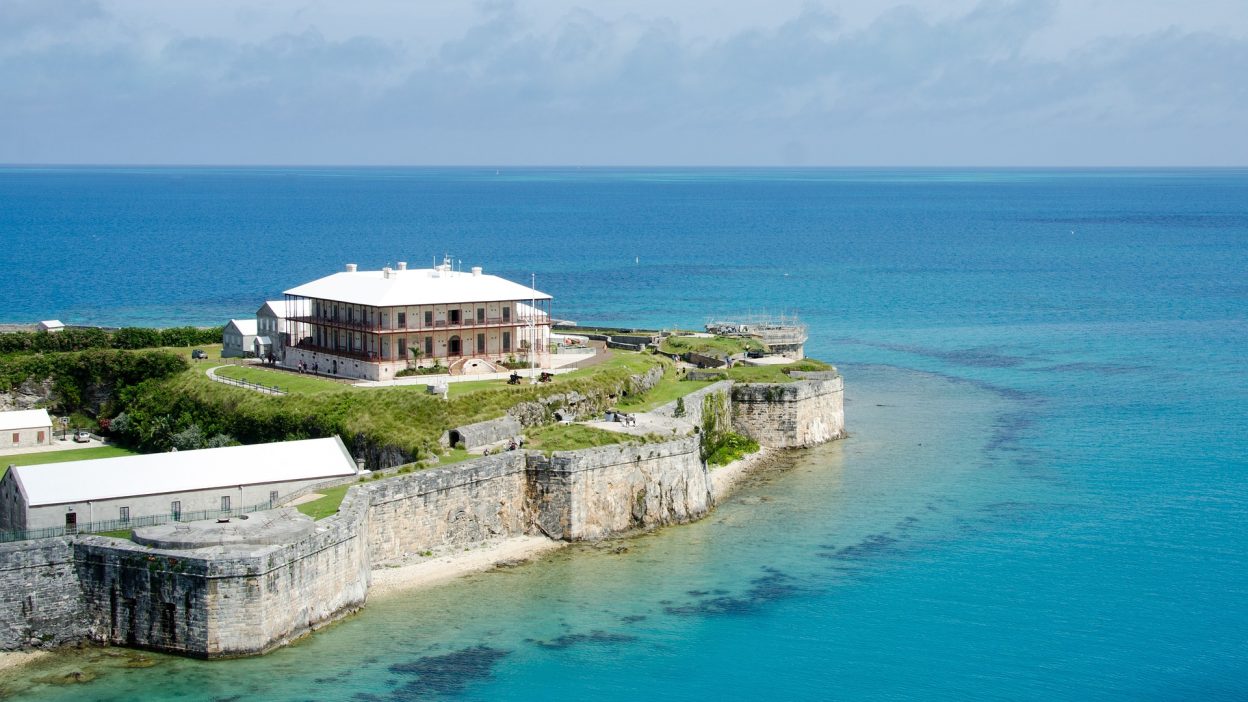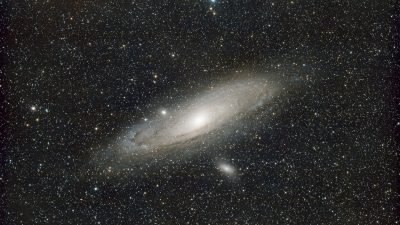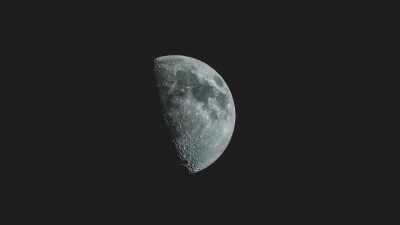The Bermuda Triangle is famous for its tales of lost ships and planes.
For centuries, the Dragon’s Triangle, also known as the Pacific Bermuda Triangle, has been shrouded in mystery. From unexplained disappearances to eerie sea lights, many believe this region hides something sinister. But how much of it is real, and how much is myth? Let’s explore the truth behind this enigmatic part of the ocean.
Introduction
The Bermuda Triangle is famous for its tales of lost ships and planes, but did you know there’s an equally mysterious location on the opposite side of the world? The Dragon’s Triangle, also called the Devil’s Sea or Mano Umi (Evil Sea), lies near Japan and has long been associated with supernatural events, sea monsters, and even alien activity. While some believe in paranormal explanations, others argue that natural phenomena are to blame.
So, what’s the truth? Let’s dive into the facts and fiction surrounding this baffling region.
1. The Legend of the Disappearing Ships
One of the most well-known stories about the Dragon’s Triangle involves the Kyō Maru No. 5, a Japanese research vessel that allegedly disappeared in 1952 while investigating the loss of nine other ships in the area. Some claim the vessel and its 31 crew members vanished without a trace, reinforcing the Triangle’s eerie reputation.
However, deeper research reveals a more rational explanation—the ship was caught in a sudden volcanic eruption, which led to its destruction. There was no supernatural force at play, just the unpredictable power of nature.
2. The Concept of Vile Vortices
The Dragon’s Triangle is part of a global pattern known as vile vortices, a term coined by Scottish biologist Ivan Sanderson. He discovered that there were 12 such locations worldwide, all equally spaced and forming a geometric pattern resembling an icosahedron when mapped.
These places, including the Bermuda Triangle, the South Atlantic Anomaly, and Easter Island, are known for their mysterious ship and aircraft disappearances. Sanderson speculated that electromagnetic anomalies, caused by the collision of hot and cold air or water currents, could be responsible for these strange events.
3. The Myth of the Sea Dragon
Japanese folklore tells of a sea dragon residing near the Izu Islands, the heart of the Dragon’s Triangle. According to legend, this creature could summon typhoons, create giant waves, and release mysterious lights beneath the water. While this sounds like mere mythology, modern science provides an interesting perspective.
Scientific Explanation:
- The Japanese archipelago is highly volcanic, with several active underwater volcanoes.
- These volcanoes release methane hydrate deposits, which, when disturbed, can create huge gas bubbles that rise to the surface, causing ships to sink without warning.
- The flashes of light reported over centuries could be due to underwater volcanic eruptions, not a mythical dragon.
4. The Kamikaze Typhoon That Saved Japan
One of the earliest recorded mysterious events in the Dragon’s Triangle happened in 1281, when Kublai Khan attempted to invade Japan with a fleet of 900 ships. As the Mongolian fleet approached, a sudden and violent typhoon struck, sinking the vast majority of the ships.
The Japanese believed this storm was a divine intervention, calling it “kamikaze,” meaning “divine wind.” While some attribute this event to supernatural forces, it was likely a natural typhoon—common in the region during that time of year.
5. The Truth Behind the Hype
In 1974, author Charles Berlitz sensationalised the Dragon’s Triangle in his book The Bermuda Triangle, claiming that hundreds of ships had vanished in the area for thousands of years. However, his claims were later debunked by librarian and researcher Larry Kusche, who discovered that:
- Most of the “missing ships” were small, poorly equipped fishing vessels that sank due to bad weather.
- The Kyō Maru No. 5 was not investigating strange disappearances—it was conducting a volcanic survey when it was destroyed by an eruption.
- There is no official recognition of the Dragon’s Triangle as a danger zone by the Japanese government.
Despite these facts, the legend of the Dragon’s Triangle persists, proving that myths are often more captivating than reality.
Conclusion: Science vs. Superstition
The Dragon’s Triangle is a fascinating case of how folklore, natural phenomena, and sensational storytelling can create an enduring mystery. While the science behind volcanic activity, methane eruptions, and typhoons explains much of what has happened in the region, the allure of an unsolved mystery keeps people intrigued.
So, is the Dragon’s Triangle truly cursed, or is it just another example of the ocean’s unpredictable nature? The choice to believe is yours.
Call to Action: What do you think about the Dragon’s Triangle—science or superstition? Share your thoughts in the comments below! If you enjoyed this article, check out more mystery and science blogs on our website.




